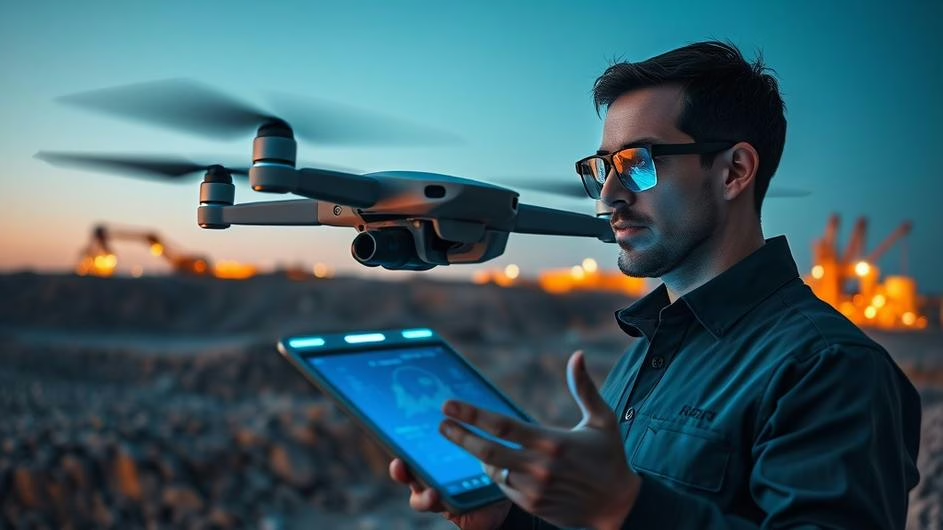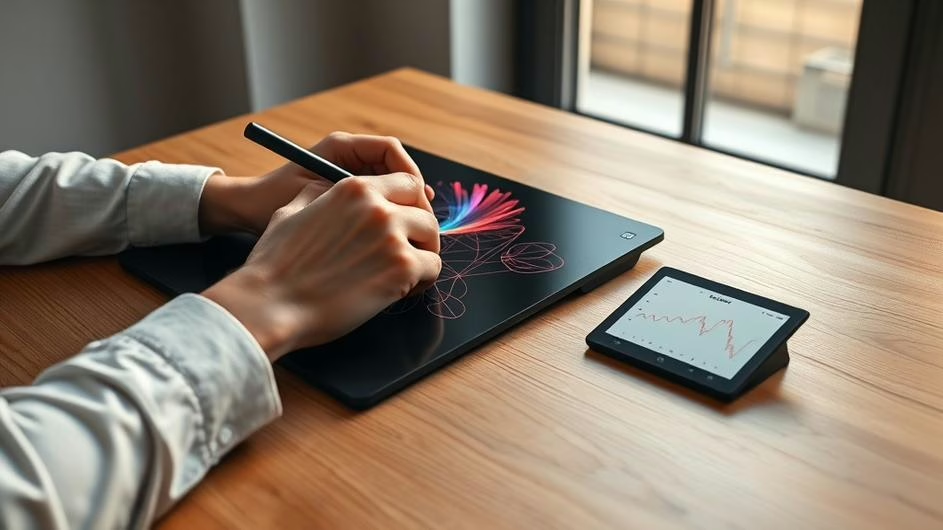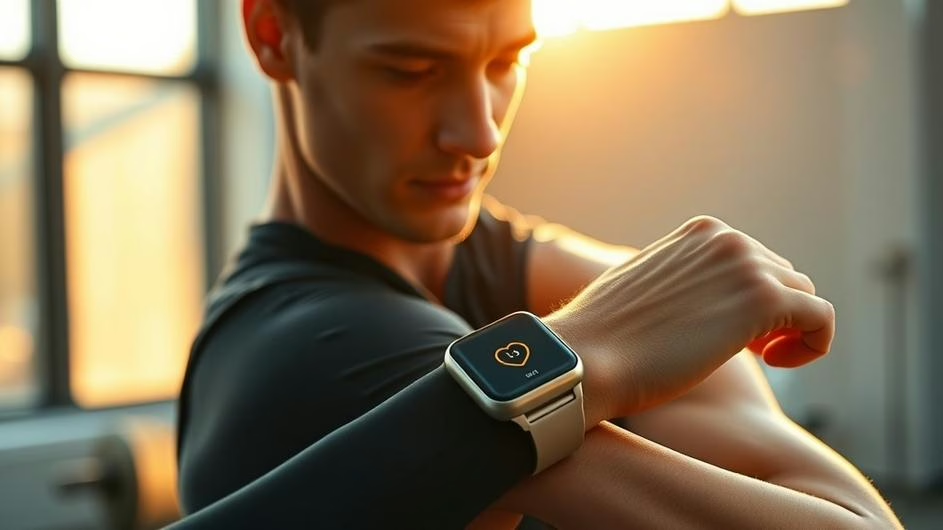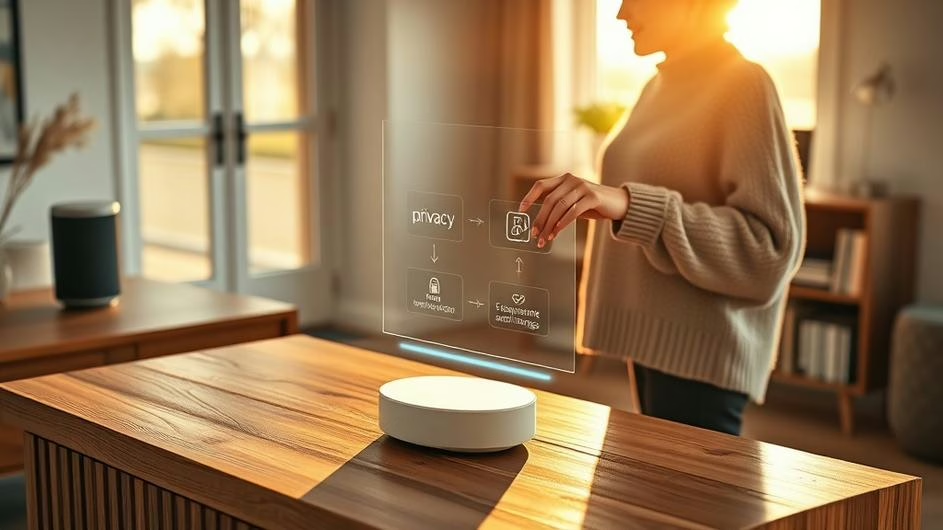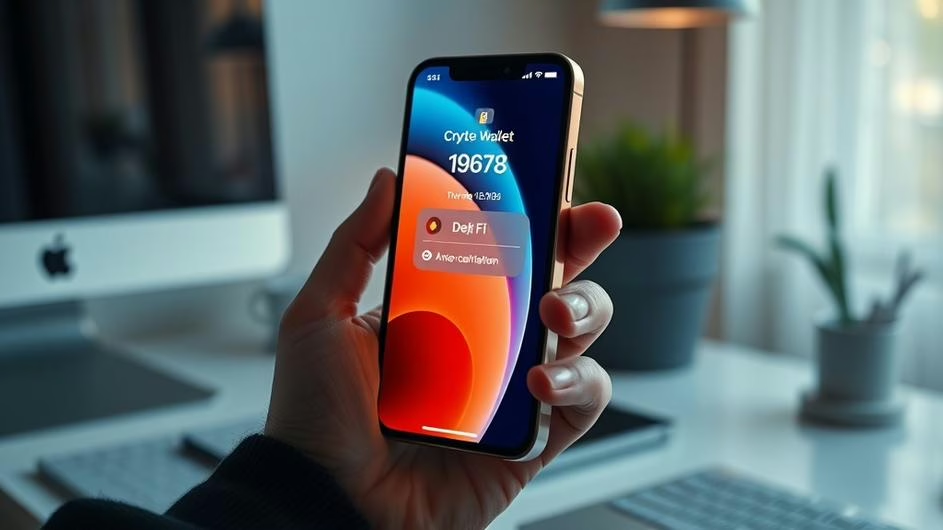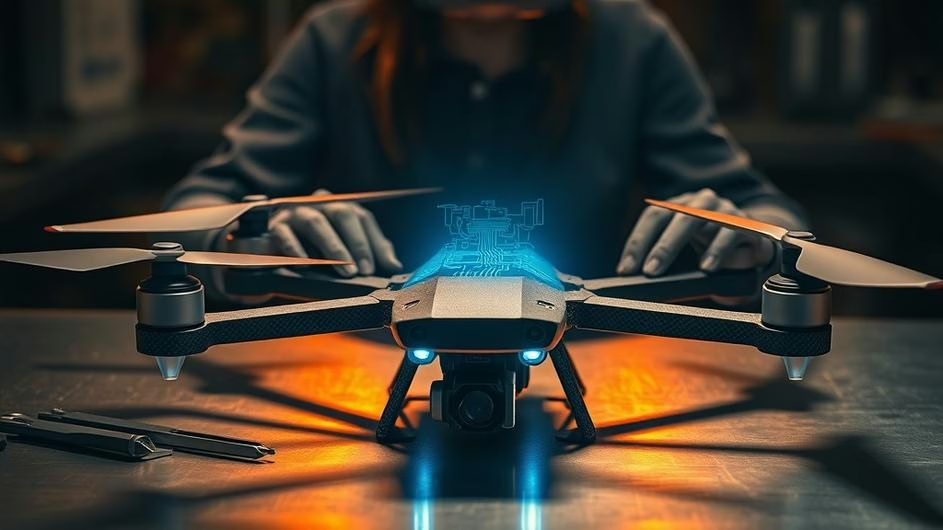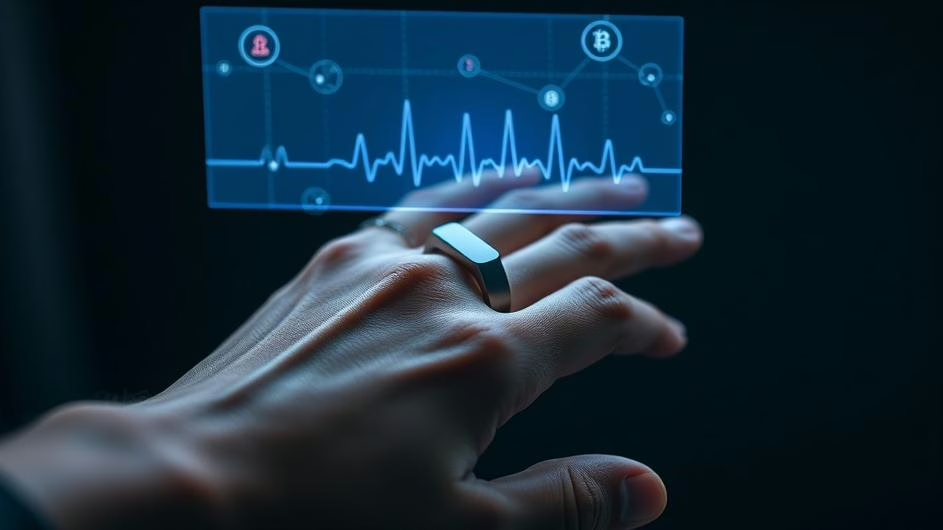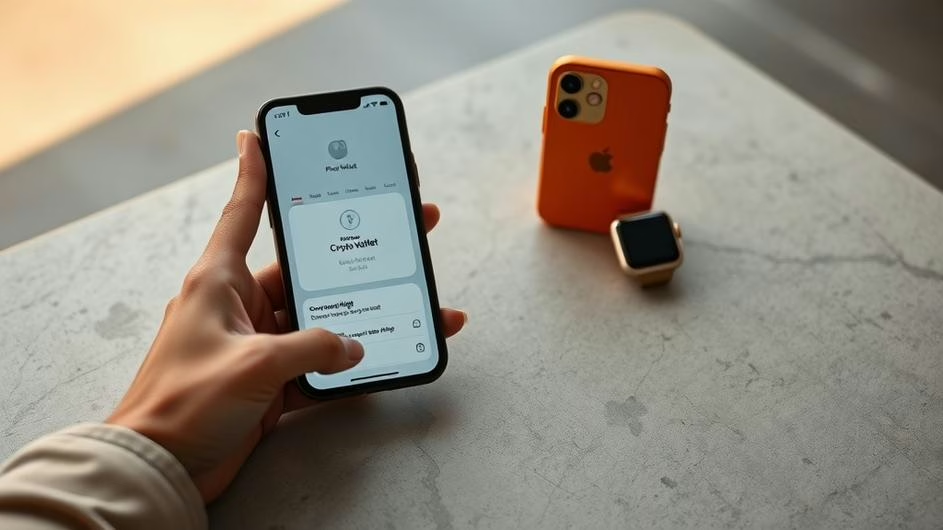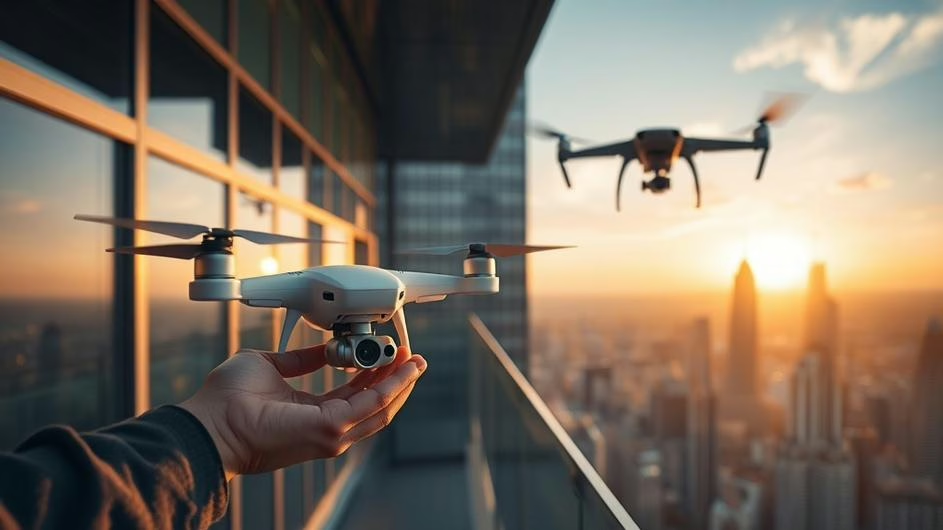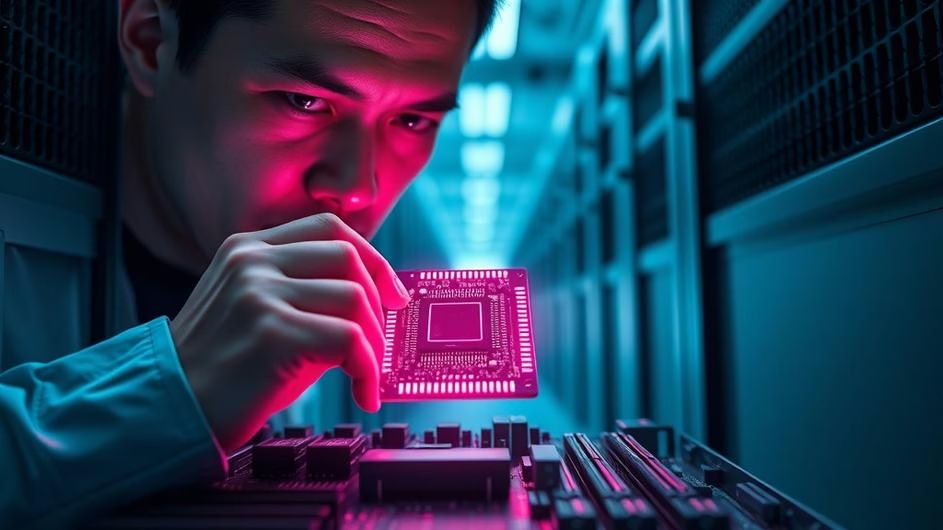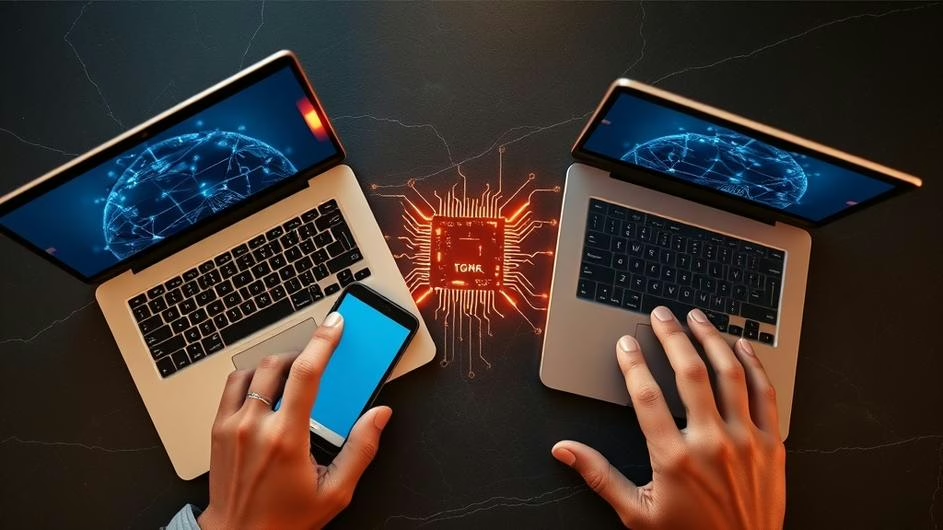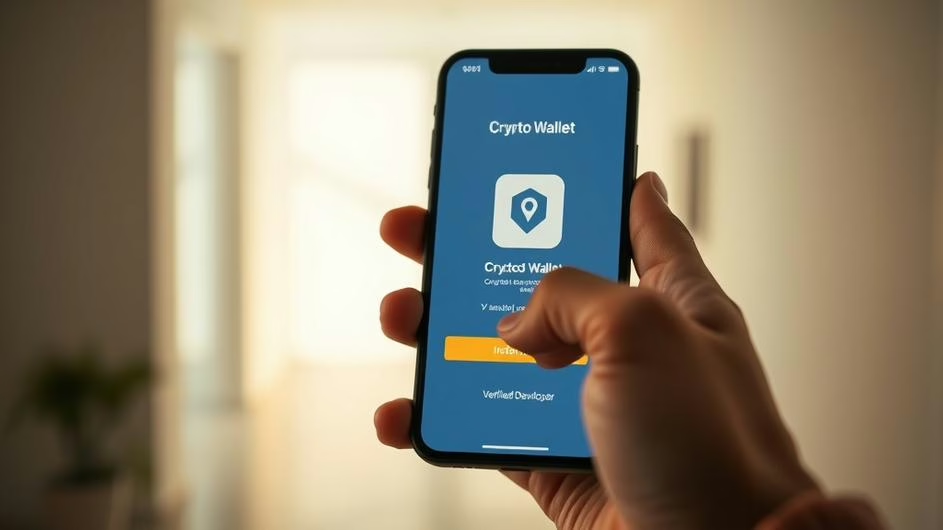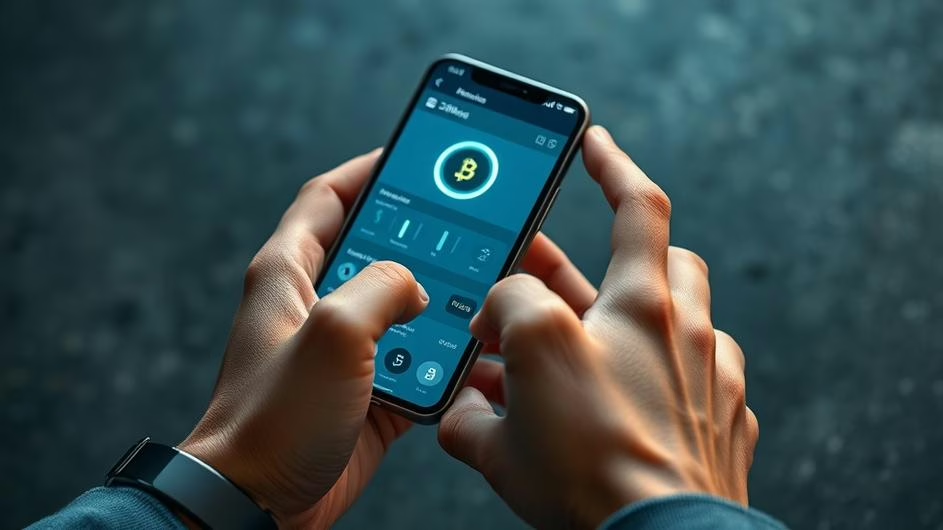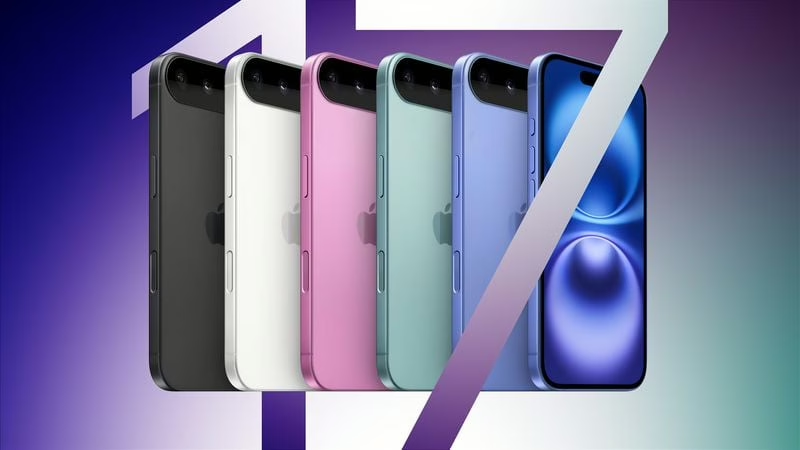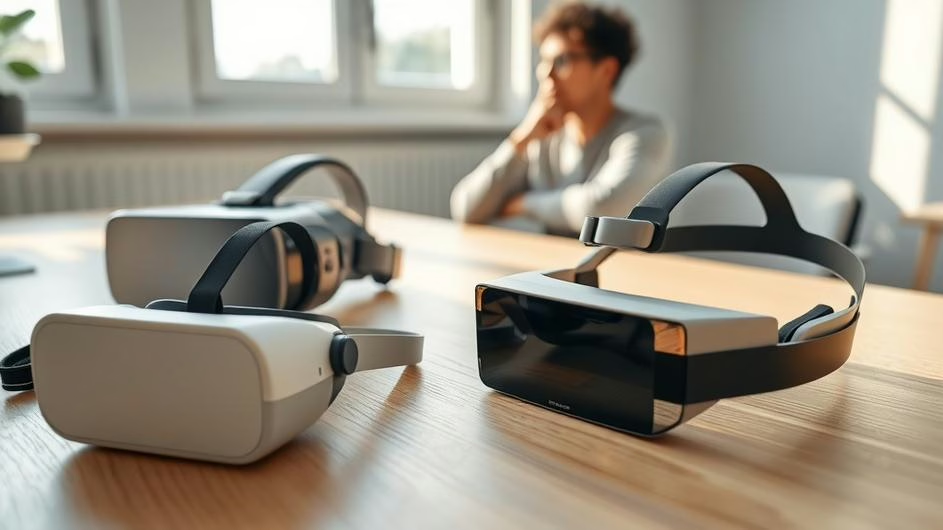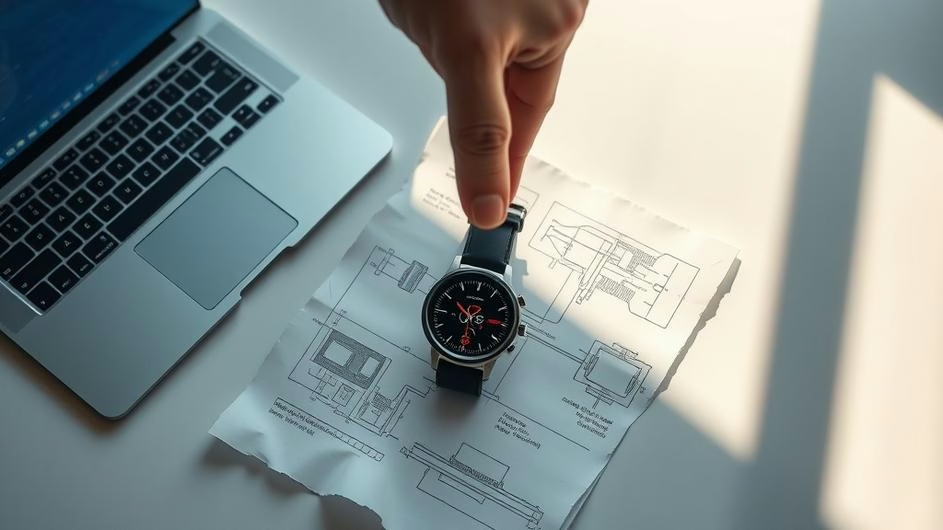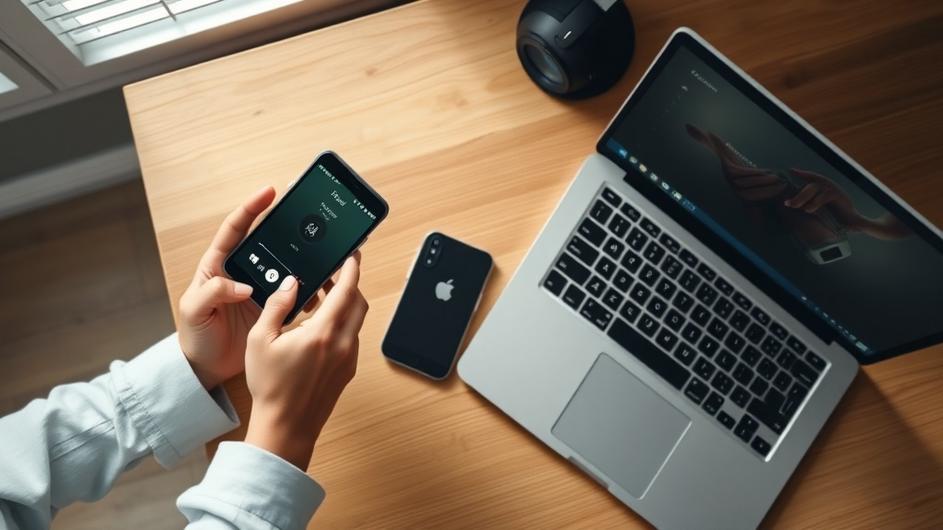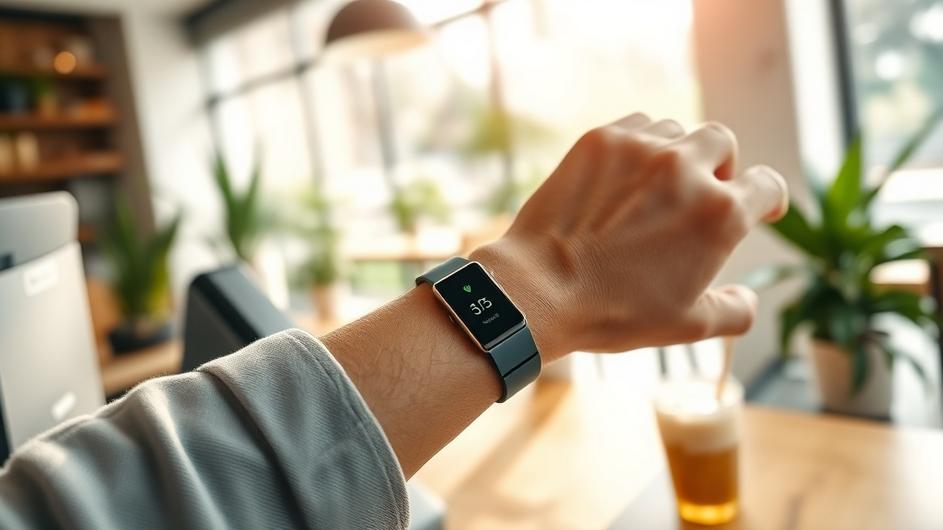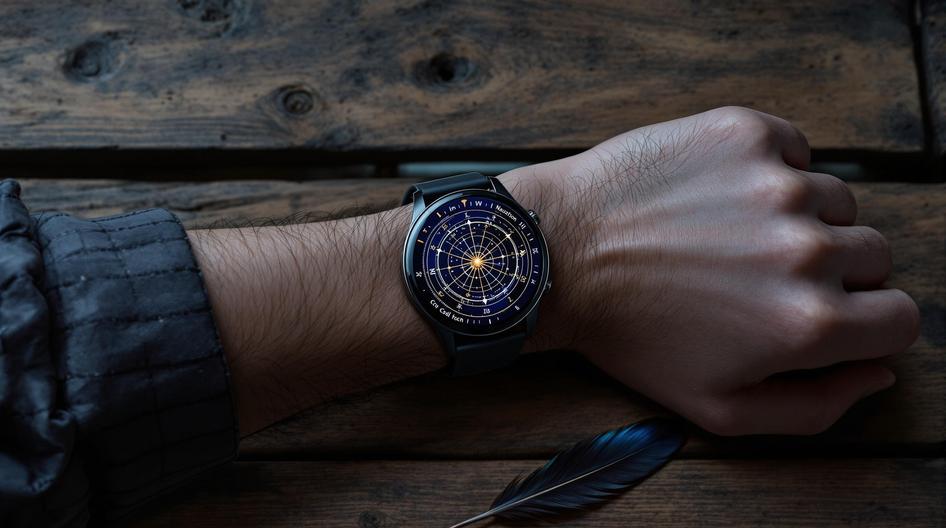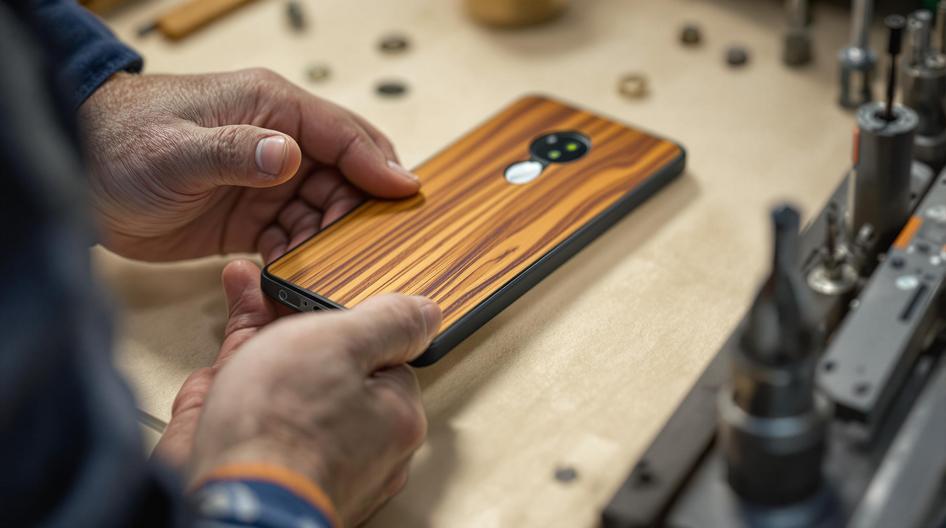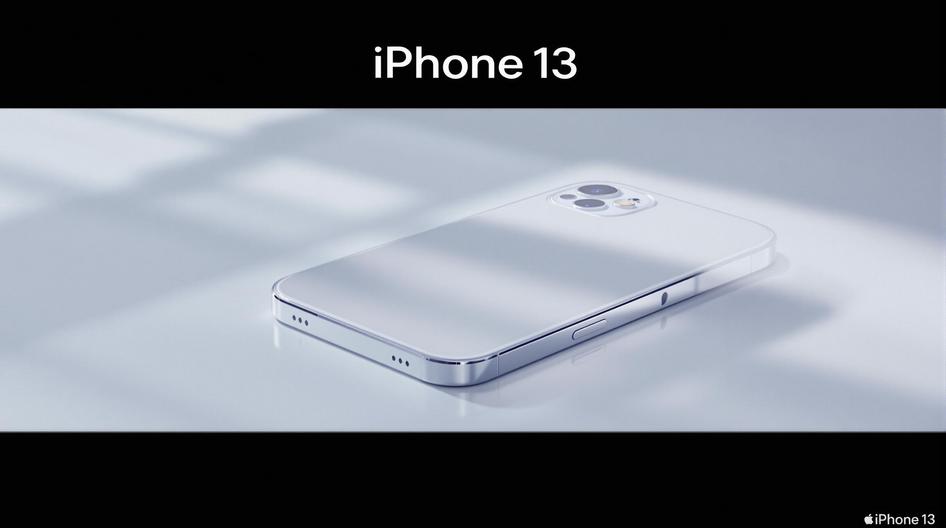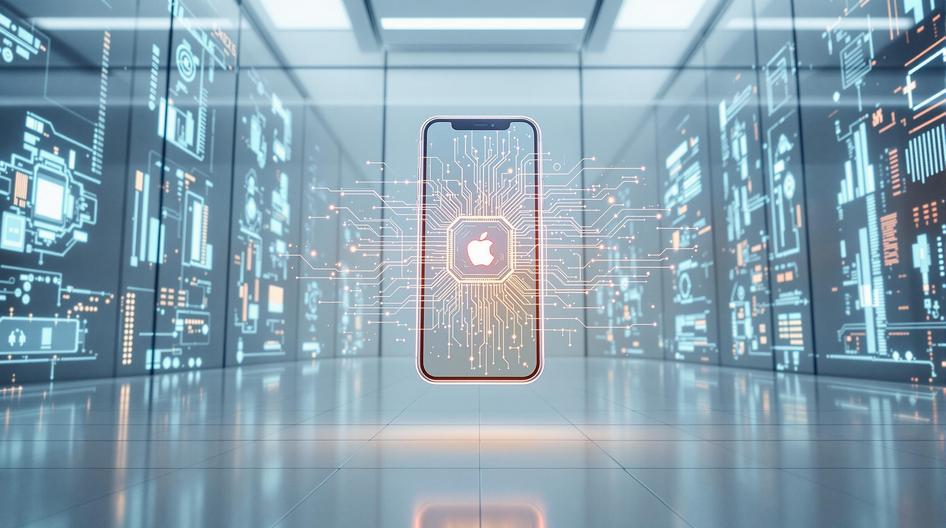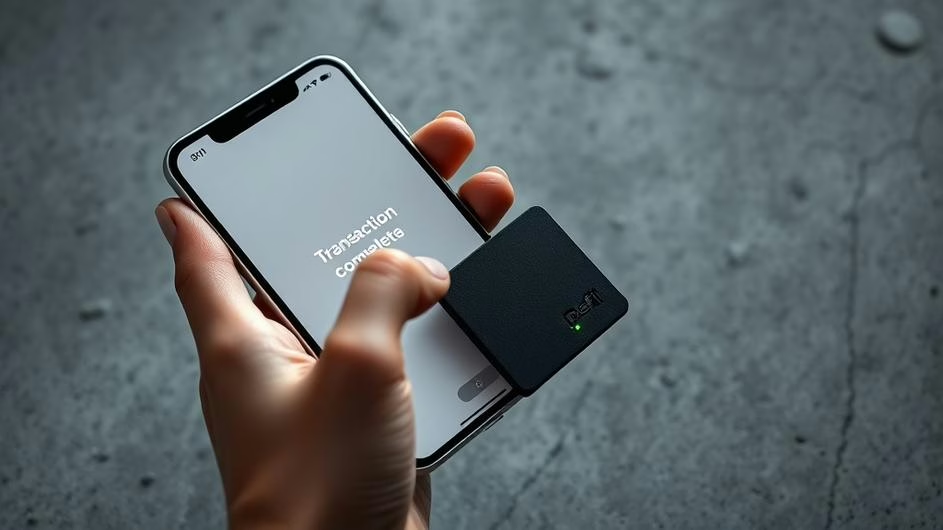
iPhone 17 and Air: Apple’s Bold Leap Signals Change for Tech and Crypto Futures
Apple just dropped the iPhone 17 lineup, and honestly? It feels different this time. This isn’t just another incremental upgrade that tech reviewers shrug at. The iPhone 17 series represents something bigger, a shift that’s sending ripples through everything from hardware design to crypto wallets and Web3 development.
What makes this launch special is how it connects to wider trends we’re seeing across next-gen computing devices and the evolving needs of crypto-savvy users.
Back to Basics: Why Hardware Suddenly Matters Again
Remember the iPhone 6 era? That’s what this feels like. Back then, hardware leaps actually meant something. People lined up not because of AI buzzwords, but because the devices genuinely felt revolutionary. Apple’s renewed focus on hardware excellence shows they understand that foundation matters more than flashy software features.
The iPhone 17, iPhone 17 Pro, Pro Max, and the ultra-slim iPhone Air deliver what users have been craving: tangible improvements you can actually feel. This isn’t about cramming more AI into every corner of the OS. It’s about building devices that work better in your hands, and that’s exactly what the smartphone industry needed right now.
The iPhone Air deserves special attention here. Apple’s thinnest phone ever, but it doesn’t feel like a compromise. For crypto users who need reliable devices for everything from hardware wallet authentication to running DeFi apps on the go, this matters more than you might think.
Surprisingly Tough: iPhone Air’s Hidden Strength
Here’s where things get interesting. Despite being paper-thin, the iPhone Air doesn’t compromise on durability. Early testers are actually surprised by how well it holds up.
Why should crypto folks care? Your phone isn’t just a communication device anymore. It’s your hardware wallet, your 2FA device, your trading terminal, and your gateway to Web3 apps. When you’re managing significant digital assets or testing beta blockchain applications, device reliability isn’t optional.
Drop your phone during a critical DeFi transaction? That’s not just annoying, it could be expensive. The improved build quality aligns perfectly with what crypto security practices demand from mobile hardware.
Pricing Strategy That Actually Makes Sense
Starting at $799, the iPhone 17 family covers more ground than previous generations. The pricing structure reflects Apple’s understanding that different users have different needs and budgets.
For developers building Web3 infrastructure, this range matters. You can test your apps across multiple price points without breaking the bank. The base model gives you solid performance for everyday crypto tasks, while the Pro Max handles intensive development work.
Apple’s ecosystem approach with new Apple Watches and AirPods Pro also creates interesting possibilities for crypto applications. Imagine seamless authentication across devices or biometric confirmations for high-value transactions.
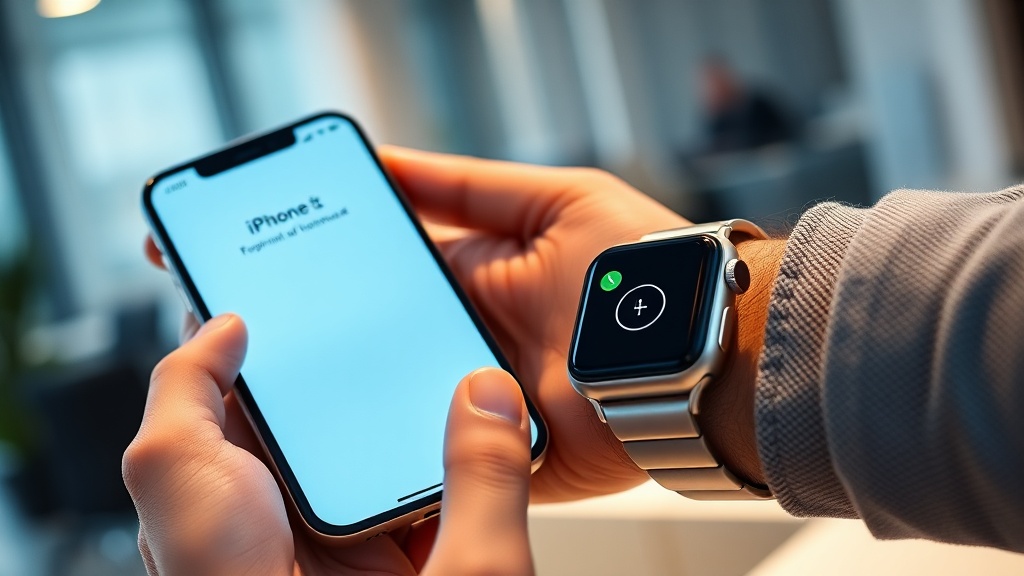
Camera Upgrades: More Than Just Better Photos
The ultrawide camera jumping from 12 to 48 megapixels might sound like typical spec-sheet padding, but it has real implications for crypto users. QR code scanning gets more reliable and faster. Live-streaming blockchain events becomes more professional. Document capture for KYC processes improves significantly.
These aren’t just nice-to-have features. They’re practical improvements that affect how people interact with Web3 applications daily.
Better battery life and improved displays also mean longer trading sessions and more reliable access to time-sensitive crypto market information. When every second counts in volatile markets, hardware performance directly impacts your bottom line.
What This Means for Crypto and Web3 Development
Apple’s hardware focus sets the stage for some interesting developments in crypto tech. With more robust devices as the baseline, we’re likely to see a surge in sophisticated mobile-first crypto applications.
Enterprise-level wallet apps, encrypted messaging platforms, and privacy-focused DeFi tools all benefit from improved hardware foundations. The enhanced sensors and displays will accelerate AR integrations for tokenized assets and location-based authentication systems.
For blockchain developers, the expanded device lineup means a wider testing environment. Your app needs to work across different performance tiers, and Apple just made that testing process more comprehensive.
The Bigger Picture: Hardware Leads, Software Follows
What’s really happening here is a reminder that digital innovation still depends on physical foundations. While everyone’s talking about AI and software, the devices we actually hold remain the critical interface between humans and emerging technologies.
For the crypto space, this hardware focus could drive a new adoption wave. Better devices mean more confidence in mobile crypto interactions, which means broader mainstream acceptance of digital assets.
As mobile computing continues evolving, expect the lines between traditional tech and crypto tech to blur even further. Apple’s latest move positions them well for whatever comes next in the intersection of hardware innovation and digital finance.
The iPhone 17 launch isn’t just about phones. It’s about setting the foundation for the next wave of digital transformation, and crypto is going to be right at the center of it.
Sources:
- Apple’s iPhone 17 Line Wins By Returning the Focus to Hardware – Bloomberg
- The iPhone Air Is Sturdier Than It Looks. But Is It Klutz-Proof? – CNET
- The latest iPhone, Apple Watch, and AirPods arrive in Apple Store locations – Apple
- New iPhone 17 or Air on Your Radar? Get Ready for These Prices Today – CNET
- iPhone 17 vs. iPhone 16: How They Compare and Which to Buy – CNET

